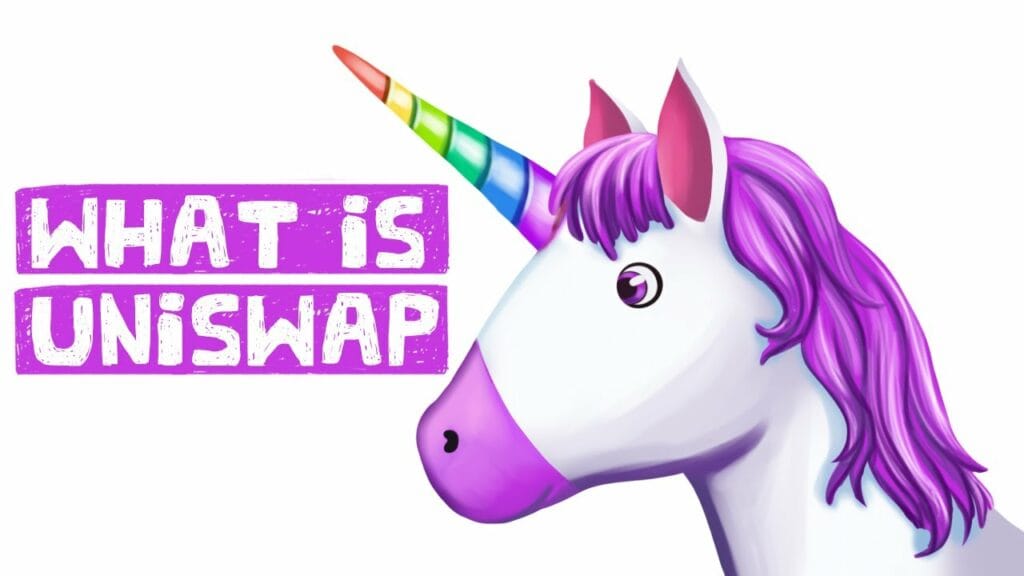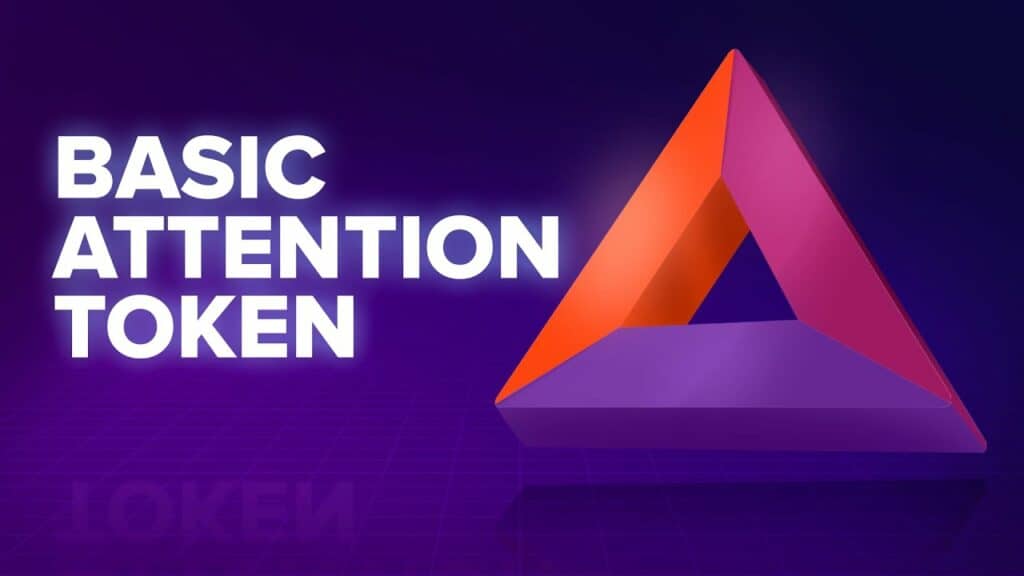Imagine you’re a farmer from a couple thousand years ago.
In this scenario, you farm potatoes. I mean, you can do a lot with a potato, you can make french fries, mashed potatoes, hash browns, a lot of useful and tasty things.
However, because you’re a potato farmer, you grow old and wish to try something that uhh… doesn’t grow in the ground. You are wanting a full, juicy, bright red apple to enjoy.
Remember, this is a few thousand years ago, so how are you going to get that apple? Well, you know a friend who has a friend who actually farms apples. So you make the trip over to his apple farm and ask if you can have some of his apples if you’ll share his potatoes.
He kindly agrees, since he’s sick of apples and you make the trade. There was no intermediary, there were no fees, no taxes, just you trading a raw material with someone else.
Fast forward to about 10 years ago. Let’s say you grew potatoes in your backyard and you decided you wanted an apple. How would you go about this?
Well, personally I would try to sell my potatoes for some cold hard cash on something like Facebook marketplace, then walk into my local grocery market and use my new cash to buy an apple. The cash is used as a currency, unlike what we had before.
Cash doesn’t go bad, but potatoes sure do, so you decide to sell your potatoes as quickly as you can so you can save up cash to buy apples whenever you want, or any other fruit for that matter, even if it’s grown on the other side of the world. You can pay a small fee for almost any fruit you want at your local grocery store.
In this scenario now, we are using a currency to trade, something to meet in the middle, so we don’t have to actually go to the apple farmer, or pineapple farmer, or coffee bean grower, and talk to him.
Instead, we can have an intermediary like the grocery store always keep stock of our favorite fruits so we can buy them whenever we want and very easily. We pay the supermarket a fee for this so they can stay in business and have a reason to keep stock. So now we are using currency and paying fees, but at least it’s making our life easier.
That was a pretty long intro, but let’s bring it back to Uniswap.
What is Uniswap?

Imagine you wanted to find that original apple farmer and trade your potatoes with him again so you avoid having to switch your potatoes to cash, then cash to apples. And what if I said you didn’t have to pay a fee for this? Well, this is what Uniswap is.
The Uniswap Exchange lets you swap any Ethereum token for any other Ethereum token and you only pay a VERY small fee. It does this by essentially being the grocery store, but without cash. Instead, you give them your potatoes, and they immediately give you the apples.
How do they do this? Well, they keep a very large bin in the back with a TON of apples and potatoes, so anyone who wants to can make the trade.
If someone comes in and buys a ton of apples, so there aren’t many apples left in the bin, then the grocery store starts making you give 2 potatoes for each apple. Then they make you pay 3 potatoes for each apple, until someone comes in with a bunch of apples and restocks the supply.
To extrapolate out this example, let’s say your potatoes are ETH, and the apples you want to buy are Basic Attention Token (BAT), which is a pretty popular Ethereum token. When you give the grocery store (which is Uniswap in this case) your ETH, they give you a fair market price of BAT.
After you are done, the price of BAT rises (because there’s less of it since you bought it) and the price of ETH drops (because there’s more of it since you sold it to them). It’s supply and demand within the grocery store.
So the next guy that comes along and wants to trade will have to buy BAT at a higher price, or sell some ETH at a higher price. In some cases, a trader may be able to buy ETH at $2000 at Coinbase and sell it to Uniswap for $2050, making a profit, even though what they are actually doing is just evening out the liquidity pool.
This is essentially what an automated market maker is, which you can check out by following the link if you want to learn more.
Where is the ETH and BAT Coming From?

Well, let’s bring out some technical terms. First, the grocery store in Uniswap is actually called a “liquidity pool”. There is a pool of ETH and BAT with a ton of coins of each, and the prices of each are such that as more of one is traded up, the other is traded down.
Secondly, we call the place where the coins come from “liquidity providers” because they provide the initial liquid assets to the pool. In fact, you can become a liquidity provider very easily – you just have to give your money to the Uniswap pool. Boom, you’re a “LP”.
Why would you want to be an LP? Well, remember when I said there was a very small fee to trade on Uniswap? That fee doesn’t go to the government, or to Uniswap, but it goes to the actual investors of Uniswap, the liquidity providers.
That way we can reward them for allowing us to do quick swaps of our coins. Even if the fee is .03% for each trade, after 10 trades a day, for a month, that equals to 9% a month, which is 108% ROI to the liquidity provider.
What is Uniswap Used For?
So you could be a token swapper, and change your ETH to BAT for only .03%, which maybe you want to do. In fact, Uniswap currently has over $1 billion trading each day.
Or you could be a liquidity provider, and earn a return on your investment by lending it to the pool. Right now, there are $9 billion in all of the pools that Uniswap has.
This is the foundation of what Uniswap is. It’s all code too. There’s no regulations on it, there’s no taxes technically, there’s not even someone to stop it if they wanted to.
It functions like a foreign bank, allowing you to change your United States Dollars for Canadian Dollars, then to Indian Rupees, then to Japanese Yen, but is decentralized so, SUPER low fees and absolutely no taxes.
If Uniswap didn’t exist, you would have to sell your ETH, then find an exchange that allows you to buy BAT, and not all exchanges have both.
So far in this article, I’ve been talking about the Uniswap exchange, the decentralized application that allows you to swap Ethereum tokens at uniswap.org. You should know there’s also a Uniswap token, an Ethereum token that represents the decentralized application.
What is the Uniswap Token?
The Uniswap token is created hand in hand with the Uniswap exchange. When you buy the Uniswap token, right now you can’t really do anything with it, but down the road token holders should be able to make votes to specific changes on the exchange.
For example, since I said nobody controls it, technically it’s code and token holders could agree to change something if they wanted to. So if you hold a bunch of Uniswap and wanted to raise the trading price from .03% to .06%, doubling the fee, theoretically you could vote on that, but right now they haven’t implemented a voting system.
The token has no intrinsic value at the moment, but it does represent the exchange and the exchange is very valuable and has a really useful purpose.
Another reason for owning the Uniswap token is that one day a percentage of all trades might go to the uniswap token holders as well, basically earning them passive income. This is all speculative though, but here at Whiteboard Crypto we want you to have all the facts before making any financial decisions.
Conclusion
I hope you’ve enjoyed this article and learned a little bit about this booming new technology and decentralized application called Uniswap.
If you have any questions, please leave them below, and don’t forget to subscribe for future articles. We are working very hard to write, narrate, and animate these videos, so if you enjoyed it, please reward us! Thanks for watching!

